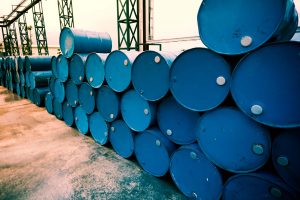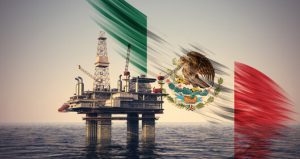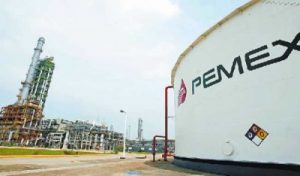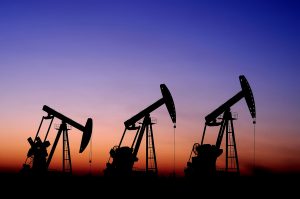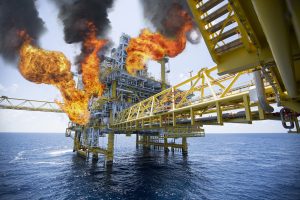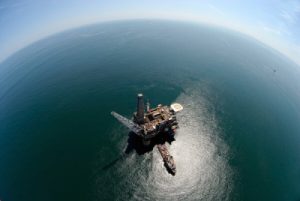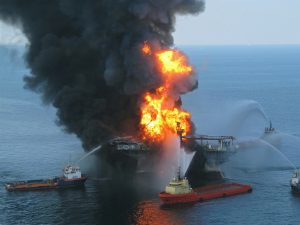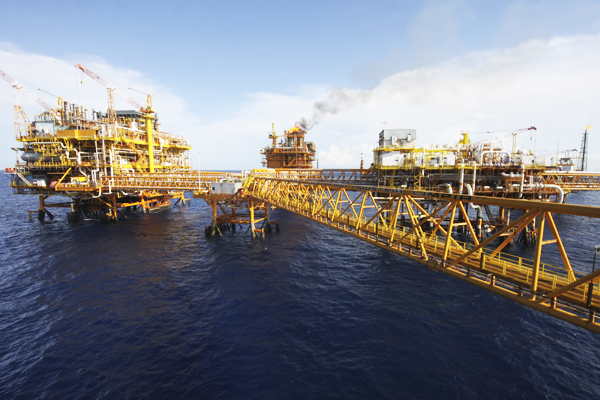Proveedores y prestadores de servicios para las operaciones de Exploración y Extracción de hidrocarburos en el mar
En un sector tan complejo como el de los Hidrocarburos, las empresas no pueden ser autosuficientes, por lo que requieren que terceros les provean de bienes y servicios que les permitan llevar a cabo sus actividades.
La exactitud, prontitud y calidad con la que proveedores y contratistas presten sus servicios son factores indispensables para el adecuado funcionamiento de una organización.
En el caso específico de las empresas que realizan actividades en el Sector Hidrocarburos, al desempeñarse en un ámbito de alto riesgo requieren la certeza de que sus proveedores y prestadores de servicios desempeñarán sus tareas con los más altos estándares de seguridad, para evitar la ocurrencia de accidentes, que pongan en peligro la vida y/o integridad de personas, daños a bienes o al medio ambiente.
Por eso, de acuerdo con las Disposiciones Administrativas de carácter general que establecen las reglas para el requerimiento mínimo de seguros a los Regulados que lleven a cabo obras o actividades de exploración y extracción de hidrocarburos, tratamiento y refinación de petróleo y procesamiento de gas natural (DACGS), emitidas el 23 de junio de 2016, las empresas del Sector Hidrocarburos que realicen las actividades antes mencionadas, deben requerir a sus contratistas, subcontratistas, proveedores o prestadores de servicio que cuenten con pólizas de seguro con las coberturas y montos necesarios y suficientes para amparar la responsabilidad por los daños que pudieran generar con motivo de las obras, servicios y/o actividades que realicen.
En este sentido, es responsabilidad de las empresas titulares de las licencias para operar, asegurarse que sus proveedores y contratistas podrán responder por los daños que llegaran a causar en el desarrollo de sus operaciones, además de que deberán contar con las coberturas de control de pozos, responsabilidad civil y responsabilidad ambiental, de acuerdo con la regulación aplicable.
En el caso de los montos, por ejemplo, una empresa que lleve a cabo la exploración y extracción de hidrocarburos que requiera de lanchas rápidas y embarcaciones menores de servicio y para ello contrate los servicios de otra empresa que se dedique al transporte marítimo, deberá solicitarle sus pólizas de seguro de protección e indemnización (P&I) por un monto no menor a USD 5´000,000 (cinco millones de dólares de los Estados Unidos de América), de conformidad con el artículo 29, fracción II de las DACGS. En caso de que las embarcaciones que sean utilizadas no estén listadas en el artículo antes mencionado, la fracción V del mismo dispone que la póliza de seguro sea por un monto no menor a USD 100,000,000.00 (cien millones de dólares de los Estados Unidos de América).
En NRGI Broker somos expertos en seguros de protección e indemnización y en regulación en materia de seguridad industrial y protección ambiental. Acércate a nosotros, con gusto te atenderemos.



